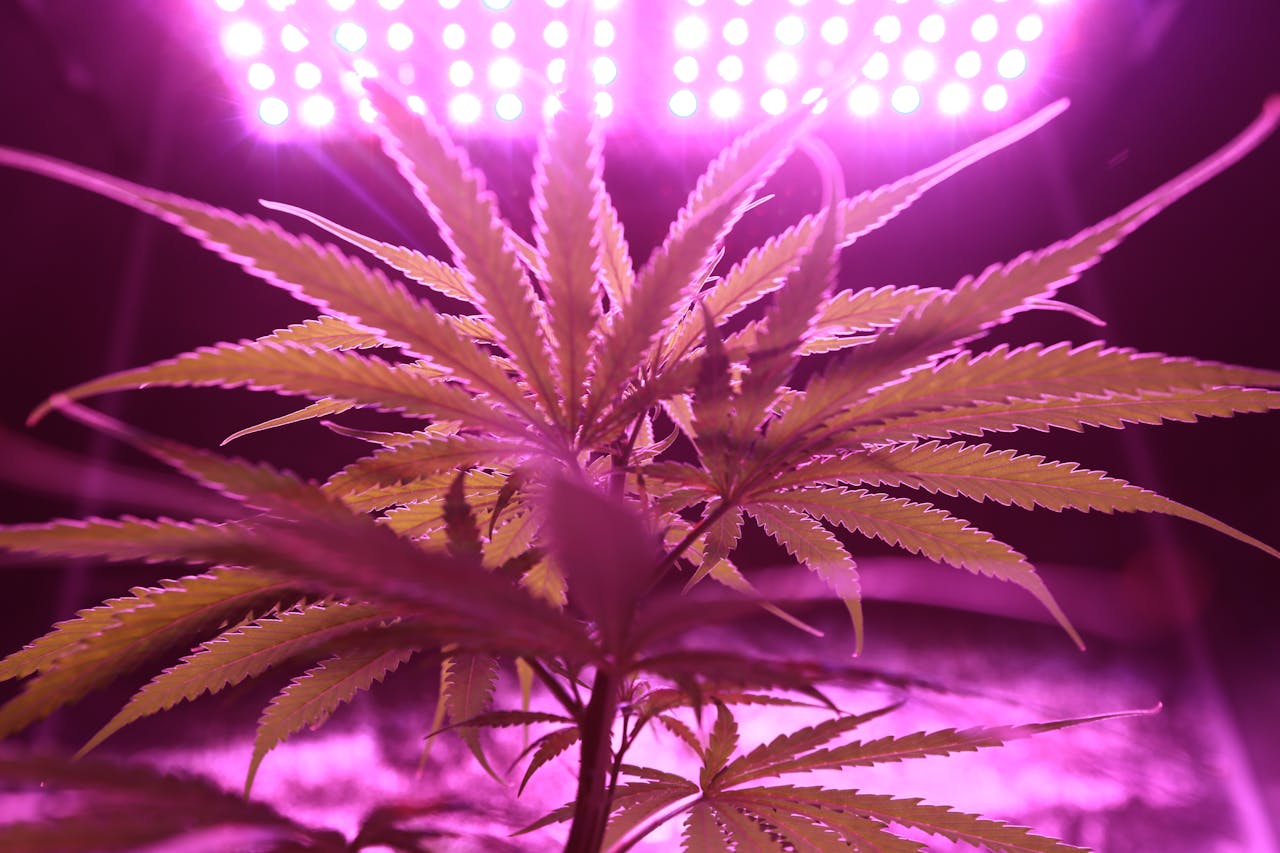As the legalization of cannabis spreads throughout a variety of countries, an increasing number of fans are turning to indoor growth as a means of ensuring a consistent supply of buds of a high grade. Indoor cannabis cultivation provides a greater degree of control over environmental parameters, which ultimately results in plants that are healthier and produce more fruit. On the other hand, it necessitates paying close attention to the particulars and adhering to optimal procedures. Regardless of whether you are a rookie or an expert grower, the following six key recommendations will assist you in cultivating cannabis plants that thrive indoors.
Which Strain Is Right for You?
If you want your indoor growing to be successful, choosing the right cannabis seed strain is significant. Details like the plant’s size, its growth habits, and when it blooms should be considered. Sativa-dominant types may demand more vertical space, but Indica-dominant strains are typically more compact and can be grown in areas with limited space. Furthermore, auto-flowering strains are favored by indoor producers because they have a shorter life cycle and can blossom regardless of the light cycle.
Develop A Perfect Growing Environment
For the sake of the health and productivity of your cannabis plants, it is essential to ensure that the appropriate environmental conditions are maintained. You can adjust temperatures according to day and night. To prevent mold and mildew, the humidity levels can be maintained between 40 and 60 percent during the vegetative stage and then dropped to 30 to 40 percent at the flowering stage. It is recommended that you invest in a high-quality ventilation system to guarantee adequate air circulation and exchange, as well as a carbon filter to manage odors.
Provide Sufficient Lighting
It is possible that lighting is the single most important component that influences the growth of cannabis indoors. For the most part, indoor growers rely on artificial lighting sources such as high-intensity discharge (HID), light-emitting diode (LED), or compact fluorescent light (CFL), even though natural sunshine is the best option. It is important to determine the wattage and light spectrum that is suitable for each stage of growth (flowering versus vegetative) and to position the lights at the optimum distance from the plants to avoid scorching or straining them. When you want to maintain a regular light cycle and imitate the natural rhythm of day and night, you might want to think about employing timers.
Appropriate Nutrient Management System
To maintain healthy growth and development, cannabis plants need to be provided with an appropriately balanced amount of nutrients. You can invest in high-quality soil or hydroponic systems that are specifically designed for cannabis cultivation, and you can supplement with organic or synthetic nutrients as required. Pay close attention to the plant’s ability to absorb nutrients and adjust the feeding schedule with this information to avoid nutrient burn or deficiencies. The growing media can be flushed regularly to remove any excess salts and to prevent the accumulation of nutrients.
Routine Maintenance and Pest Control
To ensure that your indoor cannabis garden remains healthy and free of pests, it is vital to do routine care. To keep plants free of pests like fungus gnats, spider mites, and aphids, it is important to check them often for any symptoms of infestation. The implementation of integrated pest management (IPM) measures, such as the introduction of beneficial insects, the utilization of organic insecticides, and the maintenance of a clean and hygienic growing environment, can be considered. To enhance airflow and remove sick or dead foliage, plants can be pruned as required.
Observe And Make Adjustments
For successful indoor cultivation, it is necessary to perform continuous monitoring and adjustments to guarantee the best possible growing conditions. To determine the acidity or alkalinity of the growing medium regularly, you need to make use of a pH meter and modify the fertilizer solutions accordingly. Maintain a close watch on the health of the plant as well as its development patterns and be ready to address any problems that may crop up as soon as they appear. Maintaining accurate records of your cultivation process, including watering schedules, nutrient levels, and environmental variables, will allow you to monitor your development and make educated decisions on future growth.
Conclusion
Cultivating cannabis indoors may be an undertaking that is both satisfying and enjoyable if the appropriate expertise and attention to detail are applied. Using these six guidelines for effective indoor growing, you will be able to increase yields, potency, and general plant health while simultaneously taking pleasure in the process of cultivating your very own cannabis harvest at home. Always remember to keep yourself informed, to remain alert, and most importantly, to have pleasure in the process of cultivating your cannabis plants indoors.





